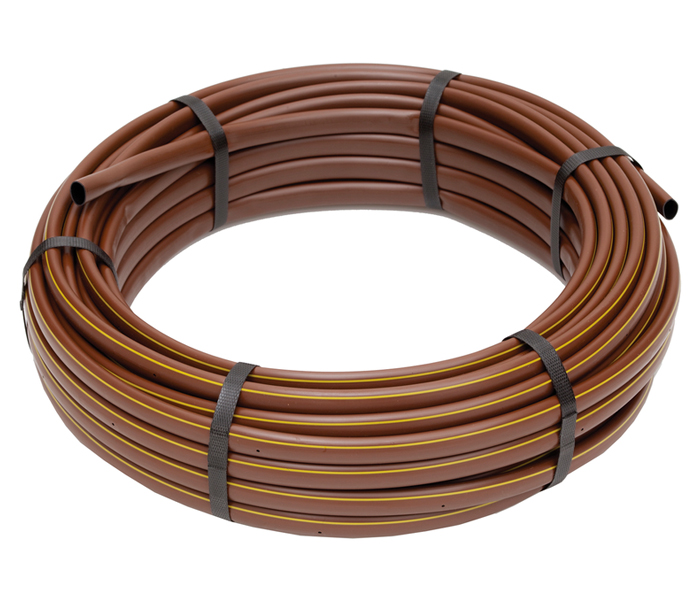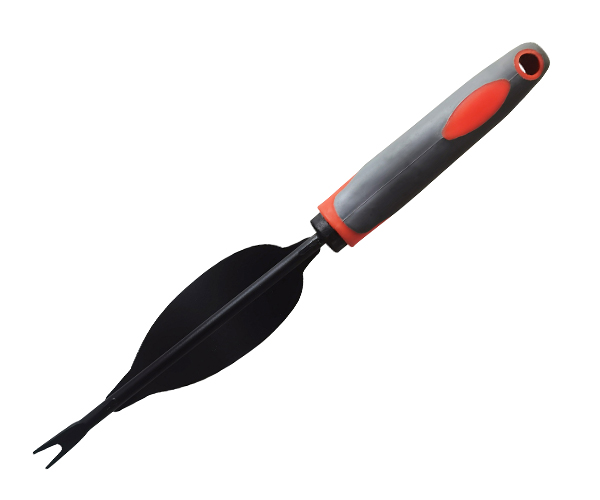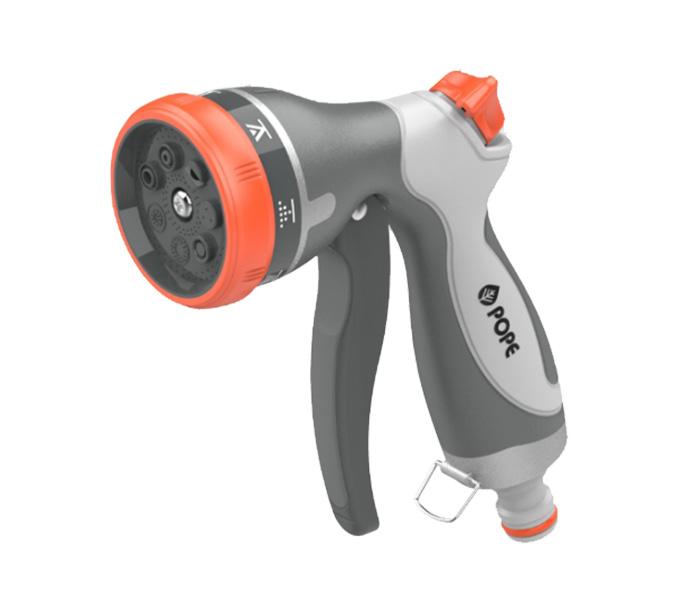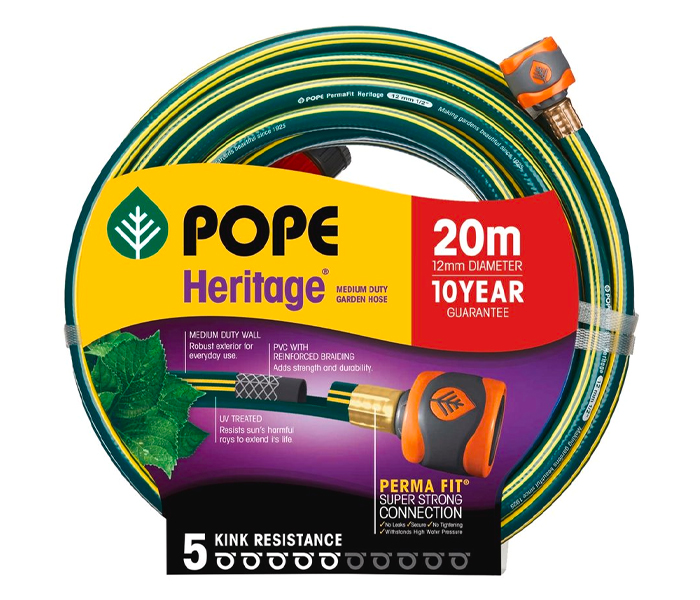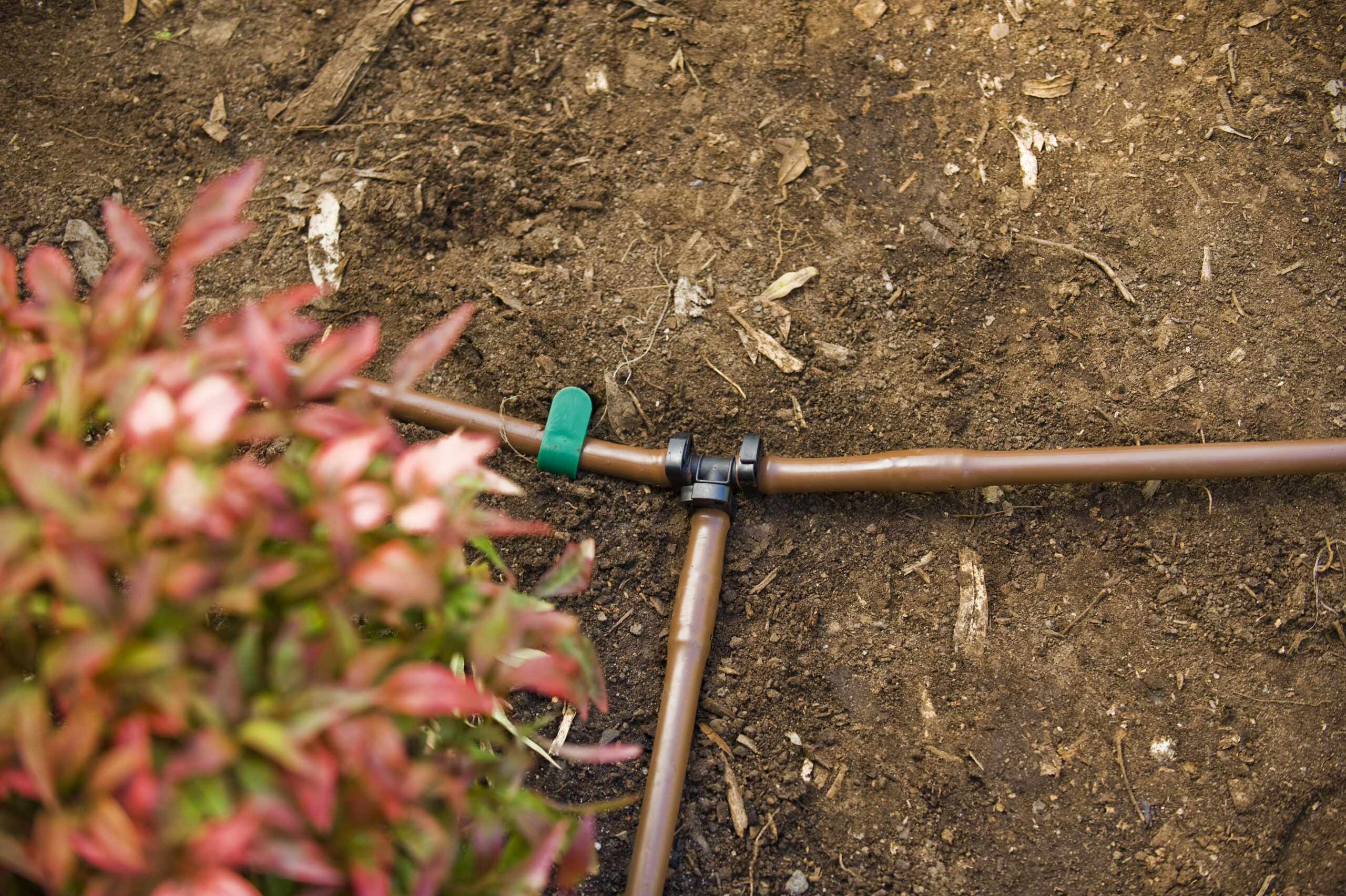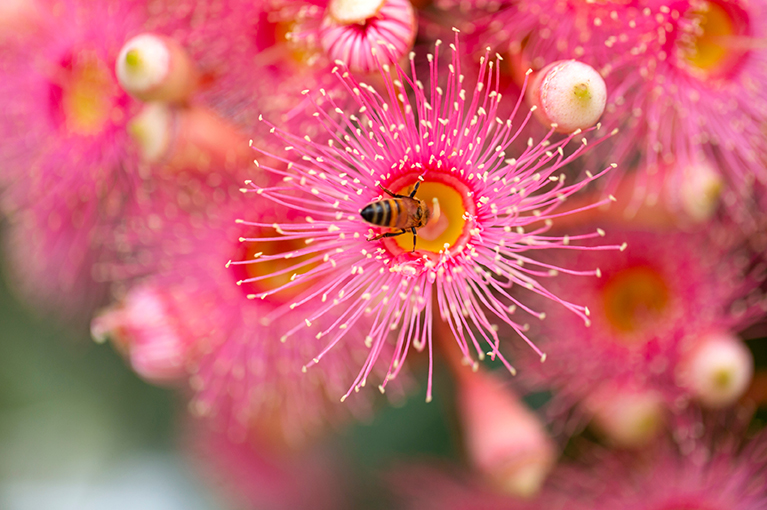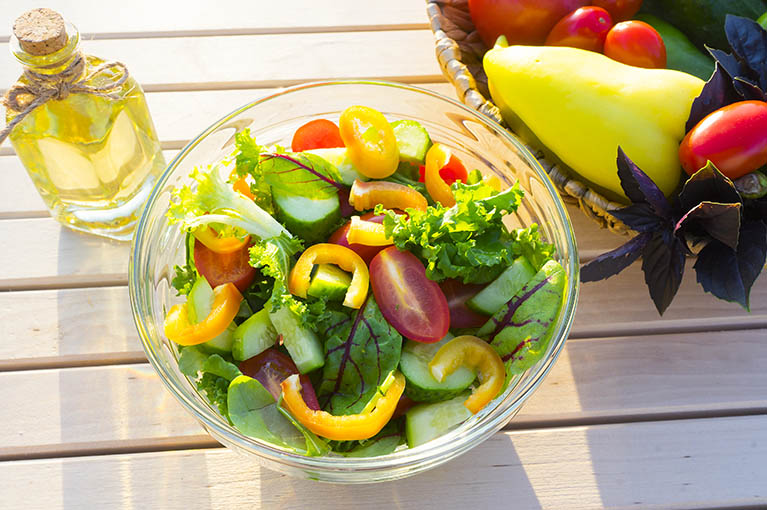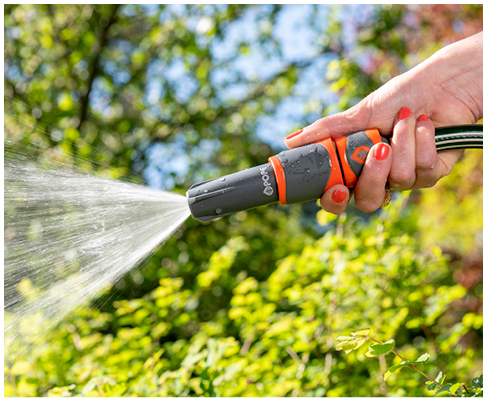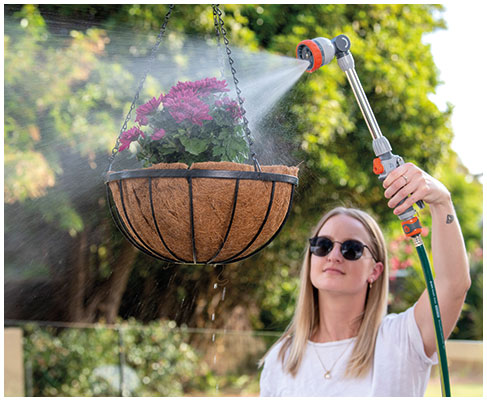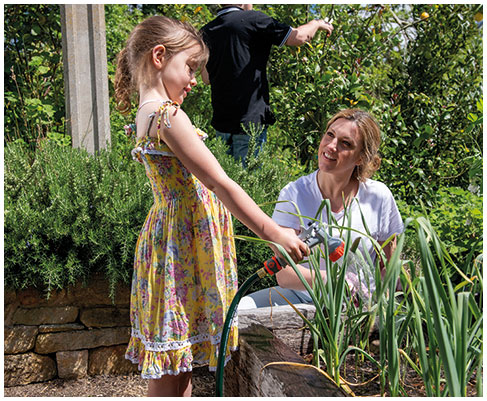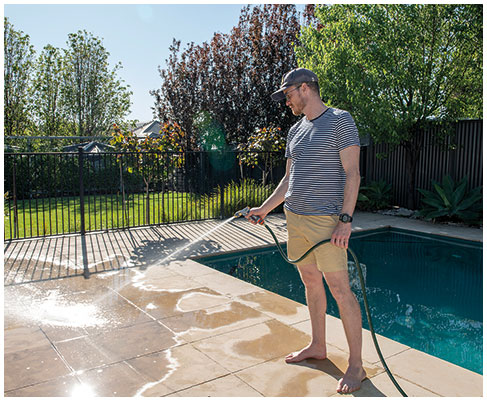Potatoes are surprisingly easy to grow. As a ‘set and forget’ style crop, all you need to do is give them a dedicated space and let them do their thing!
But to grow a good crop, there are a few simple rules to follow:
When to plant potatoes
Potatoes don’t like frost. So in warmer regions, plant them in March and April while the soil is still warm. In cooler regions, grow potatoes in early spring after the risk of frost has passed.
You can grow them through the warmer months, but be aware there’s a greater risk of disease and pests – especially if it’s humid.
Choosing your soil
Potatoes love rich fertile rich soil that’s been dug deeply with a pH less than 6 (slightly acidic). A good organic compost will help reduce the pH. They also need full sun and good drainage.
Because potatoes are part of the solanum family (together with tomatoes, chillies, capsicums and eggplants) you can’t plant them in the same spot the next year.
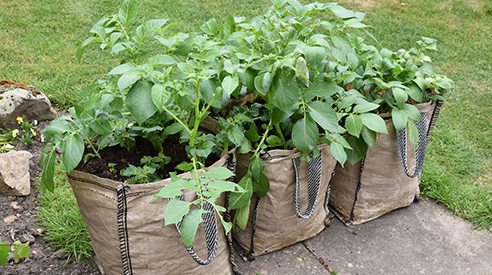
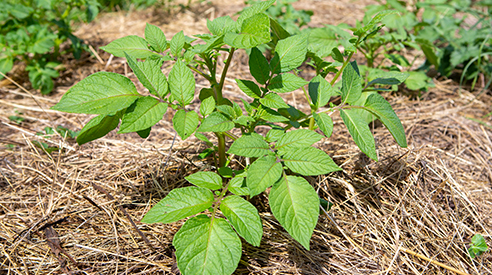


When to harvest your potatoes
Potatoes take around 12 to 20 weeks after planting to mature. Harvest the tubers when most of the leaves have withered. They’re ready to eat or can be kept in a cool, dark, dry place for longer storage. Potatoes that are left in the light will develop green skin, which is poisonous.
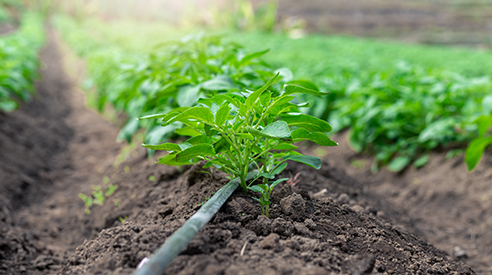
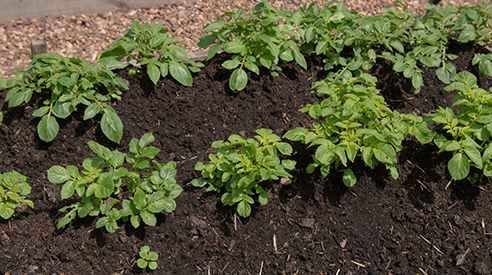


How to grow potatoes
Growing potatoes is different from growing other vegetables. Buy seed potatoes (virus free tubers) and leave them in the light for a week before planting to toughen the skin and give the eyes a chance to sprout. Plant your potatoes 15cm to 20cm deep, space them 25cm apart, and cover with around 15cm of good compost.
Growing potatoes the no-dig way (with polystyrene containers) is an easy and popular option. Layer your potatoes with a good layer of compost. When the shoots reach the top, add another container and more compost. To produce a big crop, use fencing mesh shaped into a square up to 60cm.
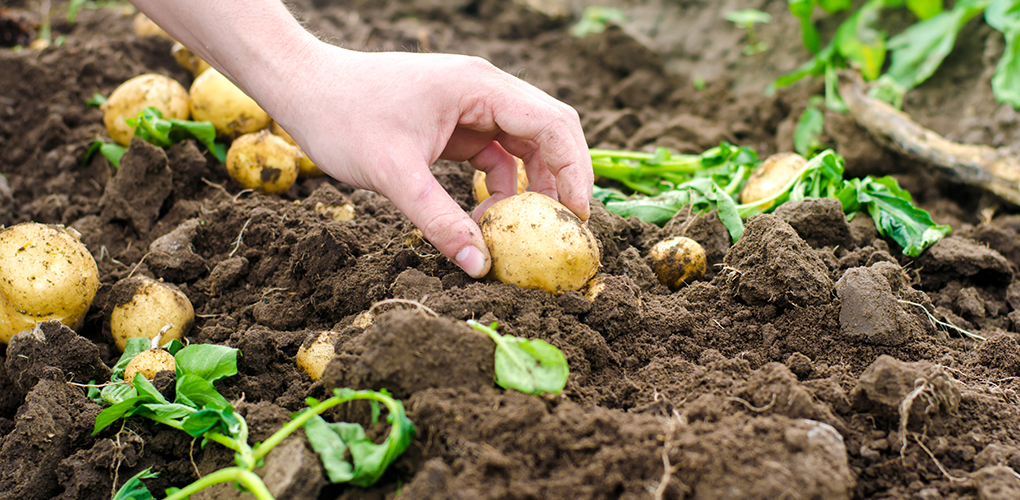
Choosing your potatoes
There are loads of potato varieties available in Australia. Try having one patch of a ‘known’ variety like Pontiac, Kipfler or Desiree, and choose another one you like the sound of: Kennebec, King Edward, Reb Bliss or German Butterball are fun!
Look through a catalogue for the type you like to eat – baked, mashed, boiled etc. The best chip potatoes are floury ones like Russet Burbanks, Yukon Gold or Desiree.
As you can see, planting potatoes (and then eating them!) is easy and fun for the whole family.
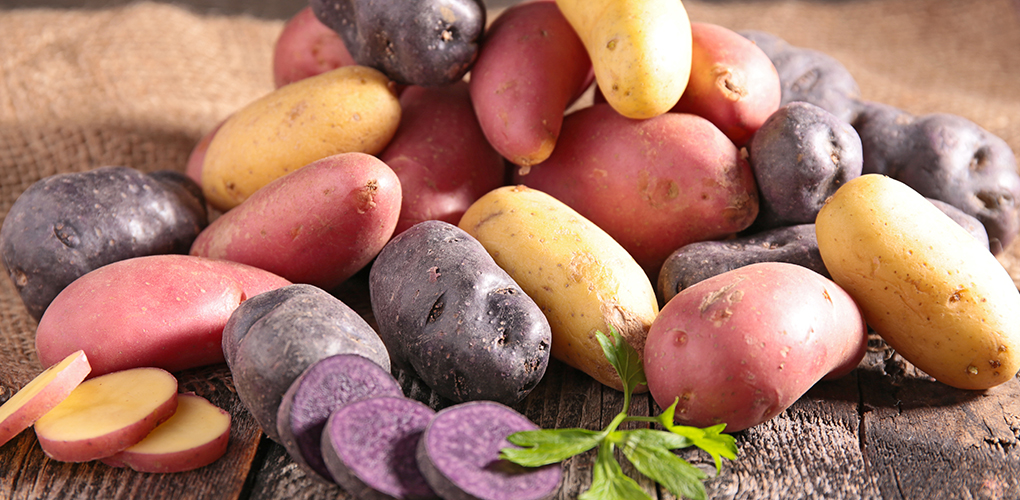
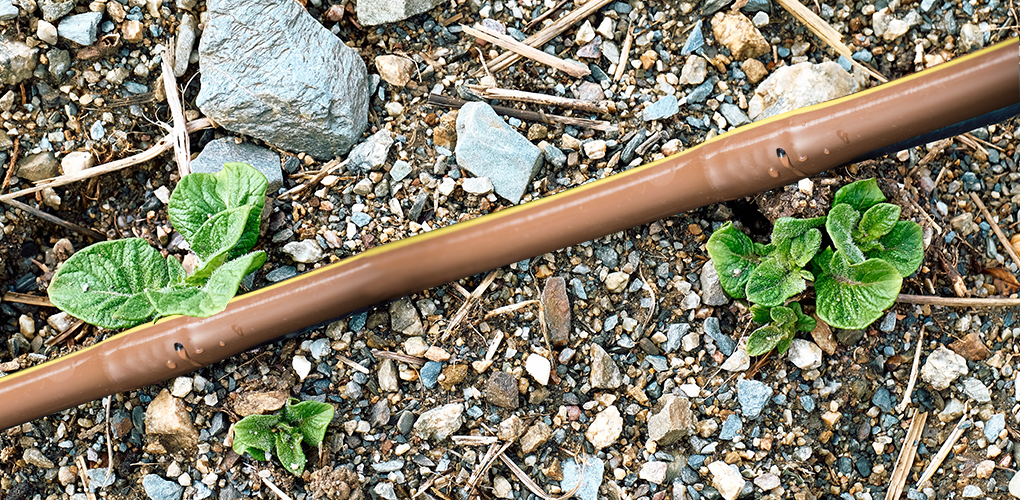
Potatoes don’t like frost. So in warmer regions, plant them in March and April while the soil is still warm. In cooler regions, grow potatoes in early spring after the risk of frost has passed.
You can grow them through the warmer months, but be aware there’s a greater risk of disease and pests – especially if it’s humid.
Potatoes love rich fertile rich soil that’s been dug deeply with a pH less than 6 (slightly acidic). A good organic compost will help reduce the pH. They also need full sun and good drainage.
Because potatoes are part of the solanum family (together with tomatoes, chillies, capsicums and eggplants) you can’t plant them in the same spot the next year.




When to harvest your potatoes
Potatoes take around 12 to 20 weeks after planting to mature. Harvest the tubers when most of the leaves have withered. They’re ready to eat or can be kept in a cool, dark, dry place for longer storage. Potatoes that are left in the light will develop green skin, which is poisonous.




How to grow potatoes
Growing potatoes is different from growing other vegetables. Buy seed potatoes (virus free tubers) and leave them in the light for a week before planting to toughen the skin and give the eyes a chance to sprout. Plant your potatoes 15cm to 20cm deep, space them 25cm apart, and cover with around 15cm of good compost.
Growing potatoes the no-dig way (with polystyrene containers) is an easy and popular option. Layer your potatoes with a good layer of compost. When the shoots reach the top, add another container and more compost. To produce a big crop, use fencing mesh shaped into a square up to 60cm.

Choosing your potatoes
There are loads of potato varieties available in Australia. Try having one patch of a ‘known’ variety like Pontiac, Kipfler or Desiree, and choose another one you like the sound of: Kennebec, King Edward, Reb Bliss or German Butterball are fun!
Look through a catalogue for the type you like to eat – baked, mashed, boiled etc. The best chip potatoes are floury ones like Russet Burbanks, Yukon Gold or Desiree.
As you can see, planting potatoes (and then eating them!) is easy and fun for the whole family.


Potatoes take around 12 to 20 weeks after planting to mature. Harvest the tubers when most of the leaves have withered. They’re ready to eat or can be kept in a cool, dark, dry place for longer storage. Potatoes that are left in the light will develop green skin, which is poisonous.




Growing potatoes is different from growing other vegetables. Buy seed potatoes (virus free tubers) and leave them in the light for a week before planting to toughen the skin and give the eyes a chance to sprout. Plant your potatoes 15cm to 20cm deep, space them 25cm apart, and cover with around 15cm of good compost.
Growing potatoes the no-dig way (with polystyrene containers) is an easy and popular option. Layer your potatoes with a good layer of compost. When the shoots reach the top, add another container and more compost. To produce a big crop, use fencing mesh shaped into a square up to 60cm.

Choosing your potatoes
There are loads of potato varieties available in Australia. Try having one patch of a ‘known’ variety like Pontiac, Kipfler or Desiree, and choose another one you like the sound of: Kennebec, King Edward, Reb Bliss or German Butterball are fun!
Look through a catalogue for the type you like to eat – baked, mashed, boiled etc. The best chip potatoes are floury ones like Russet Burbanks, Yukon Gold or Desiree.
As you can see, planting potatoes (and then eating them!) is easy and fun for the whole family.


There are loads of potato varieties available in Australia. Try having one patch of a ‘known’ variety like Pontiac, Kipfler or Desiree, and choose another one you like the sound of: Kennebec, King Edward, Reb Bliss or German Butterball are fun!
Look through a catalogue for the type you like to eat – baked, mashed, boiled etc. The best chip potatoes are floury ones like Russet Burbanks, Yukon Gold or Desiree.
As you can see, planting potatoes (and then eating them!) is easy and fun for the whole family.











